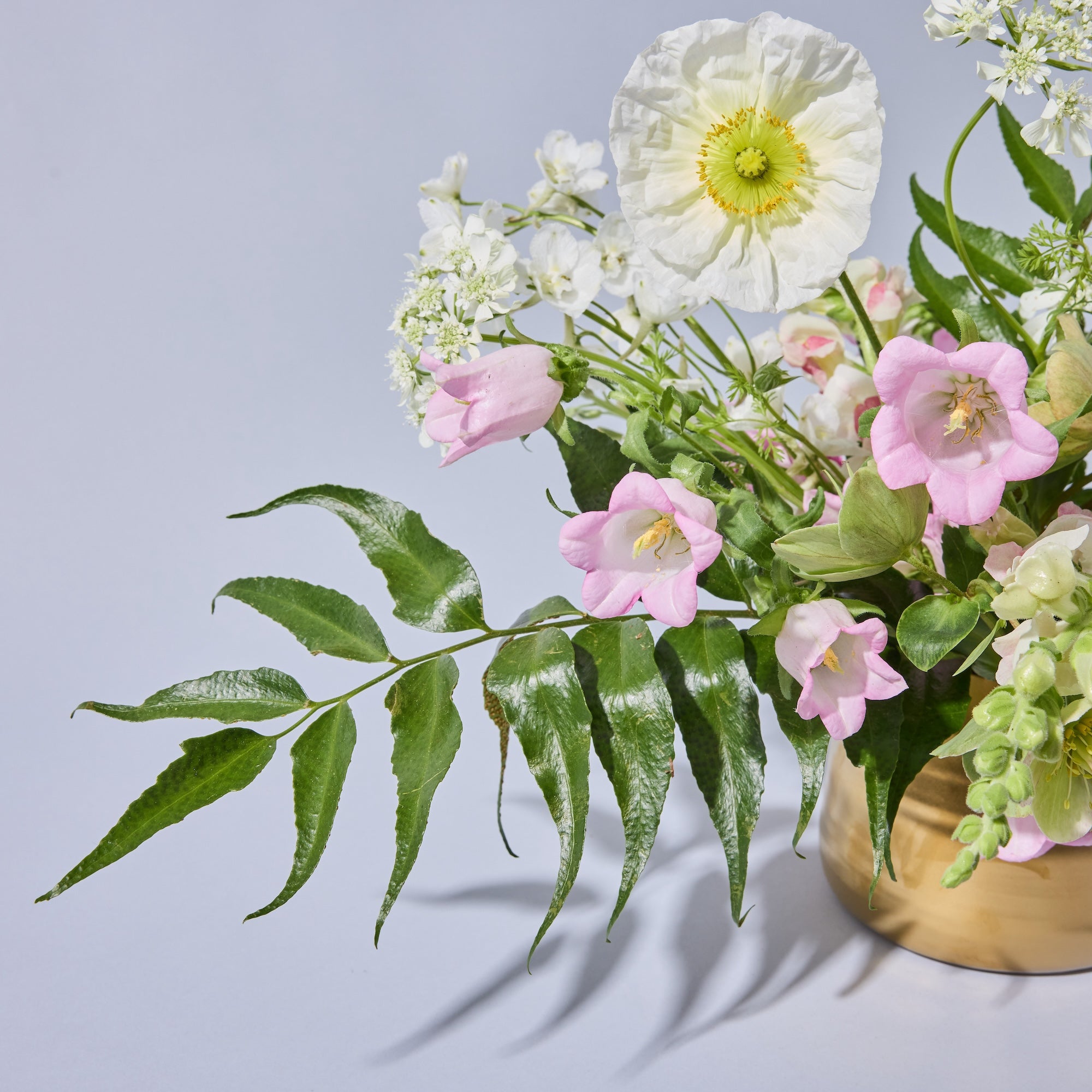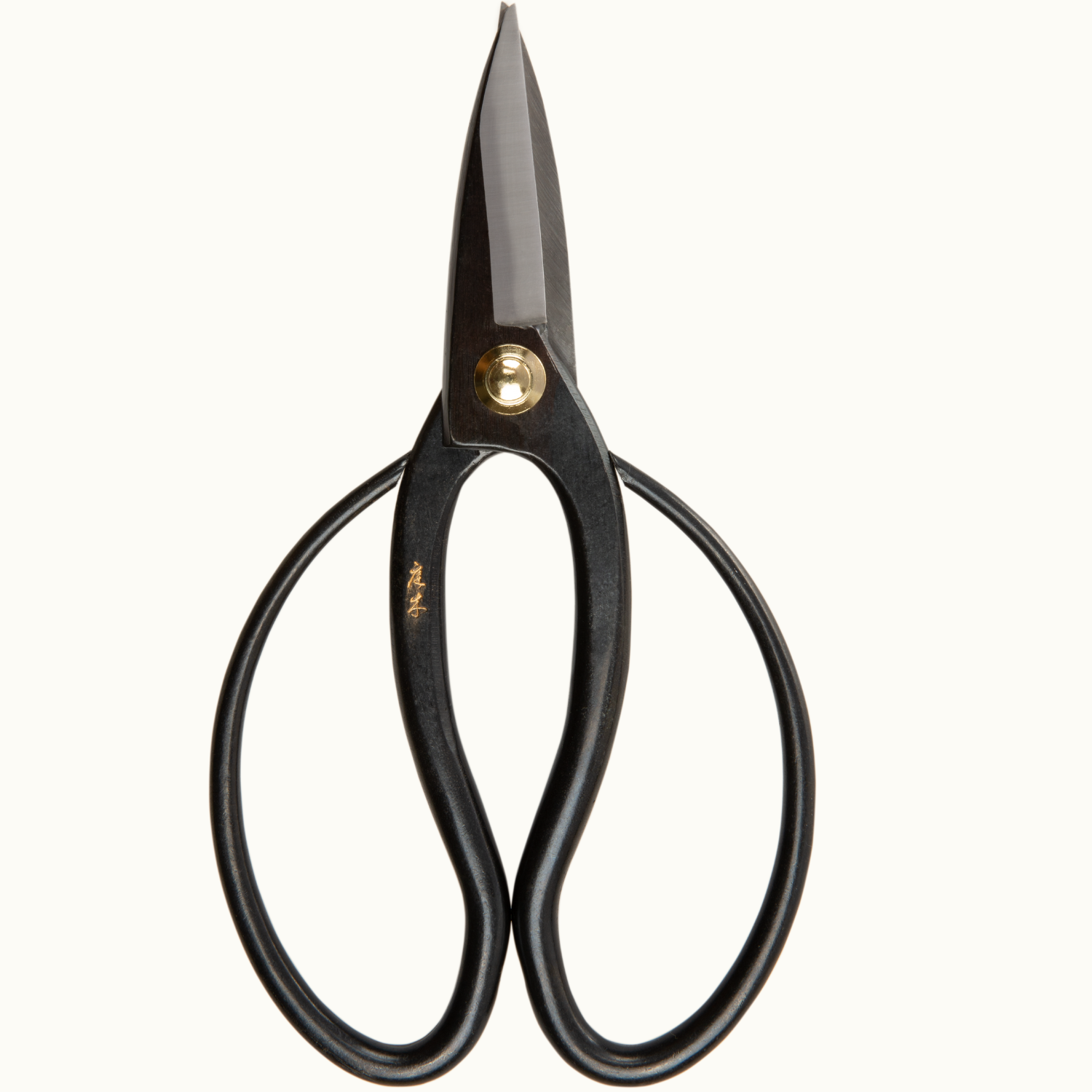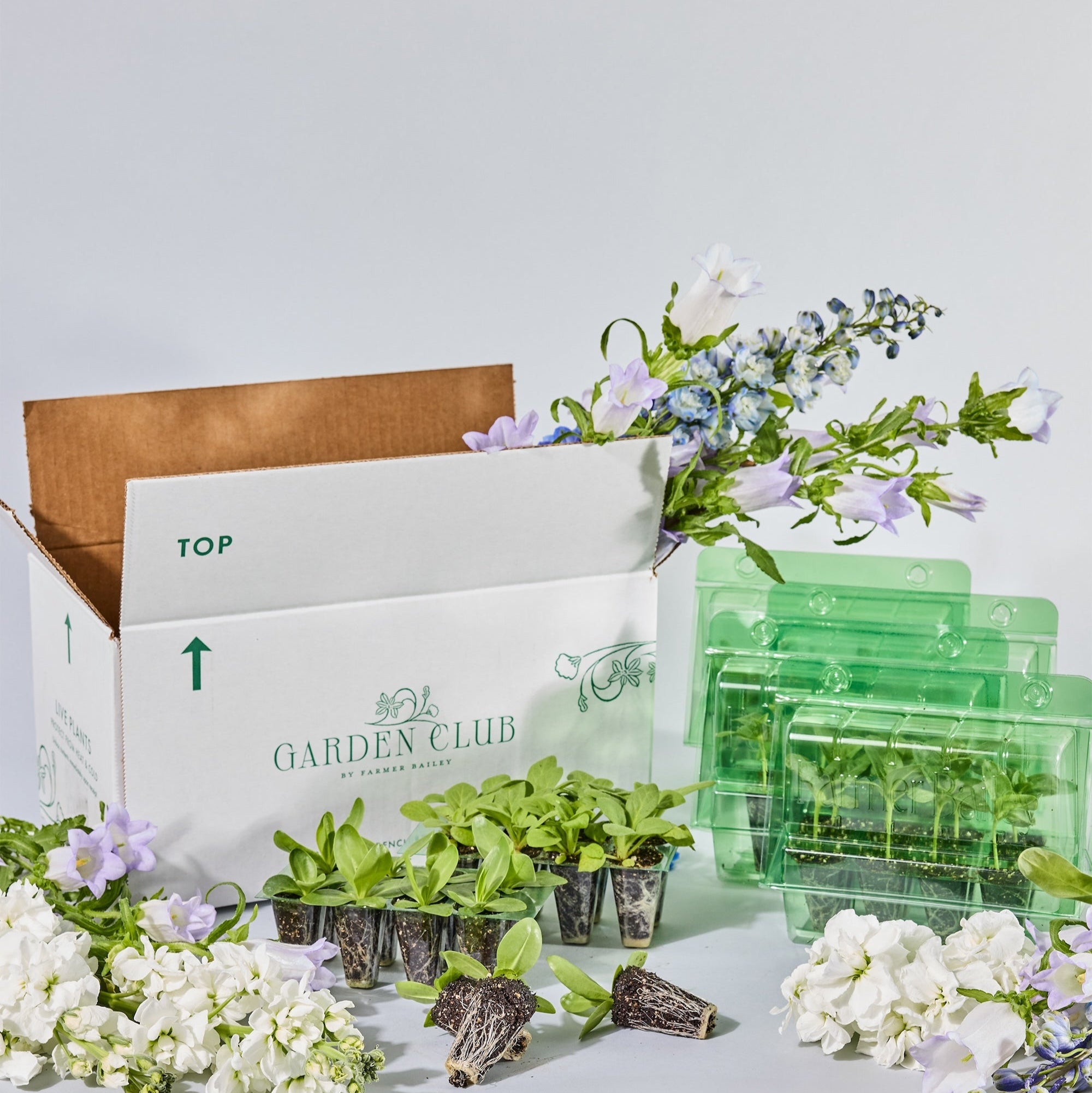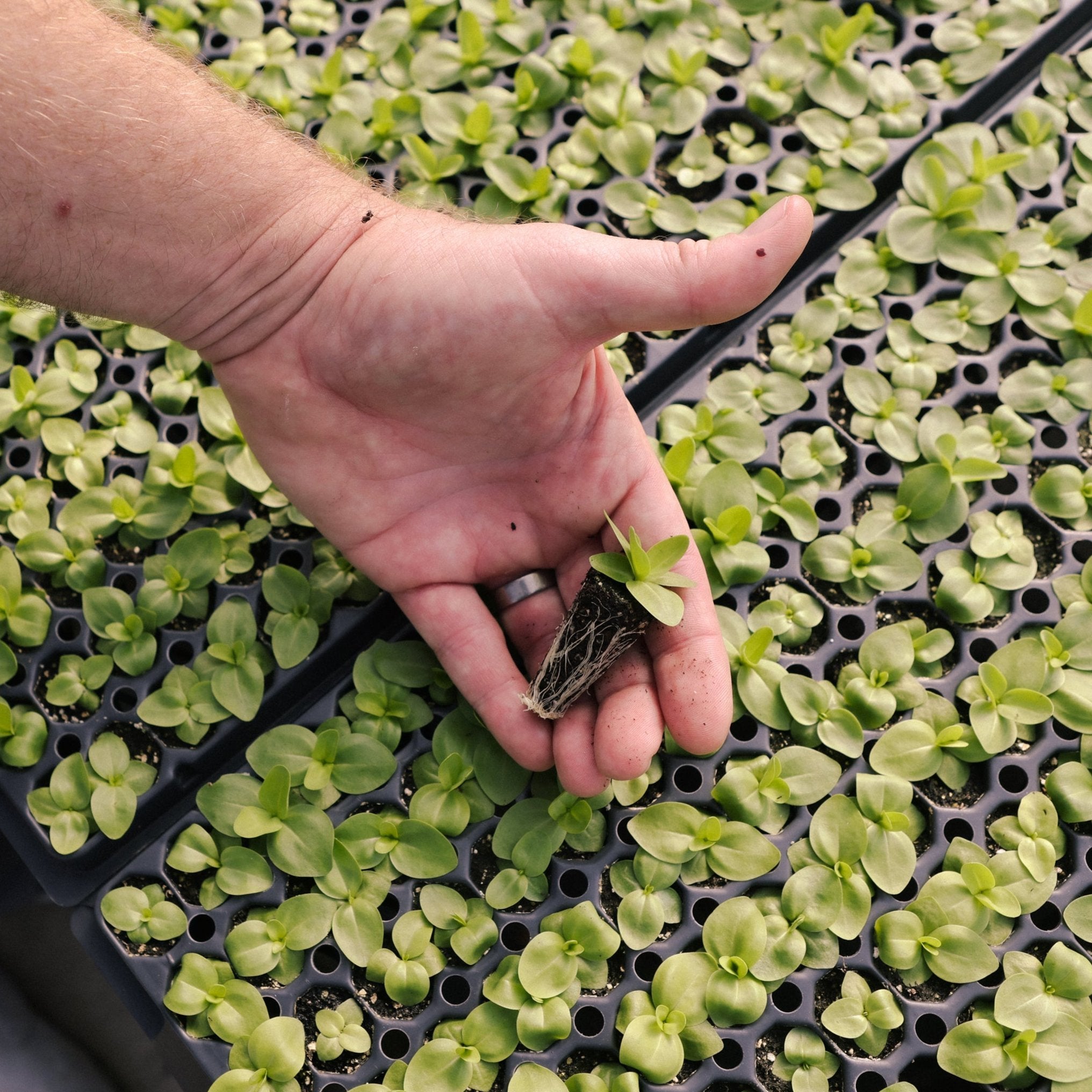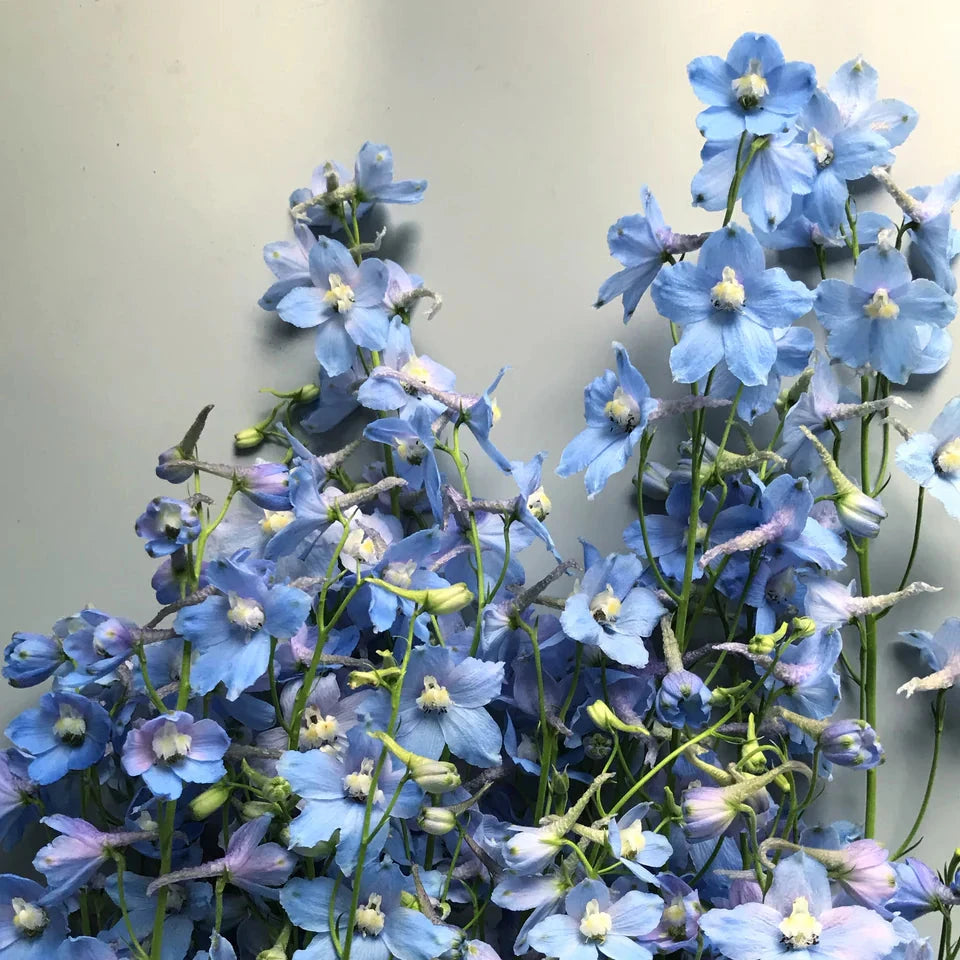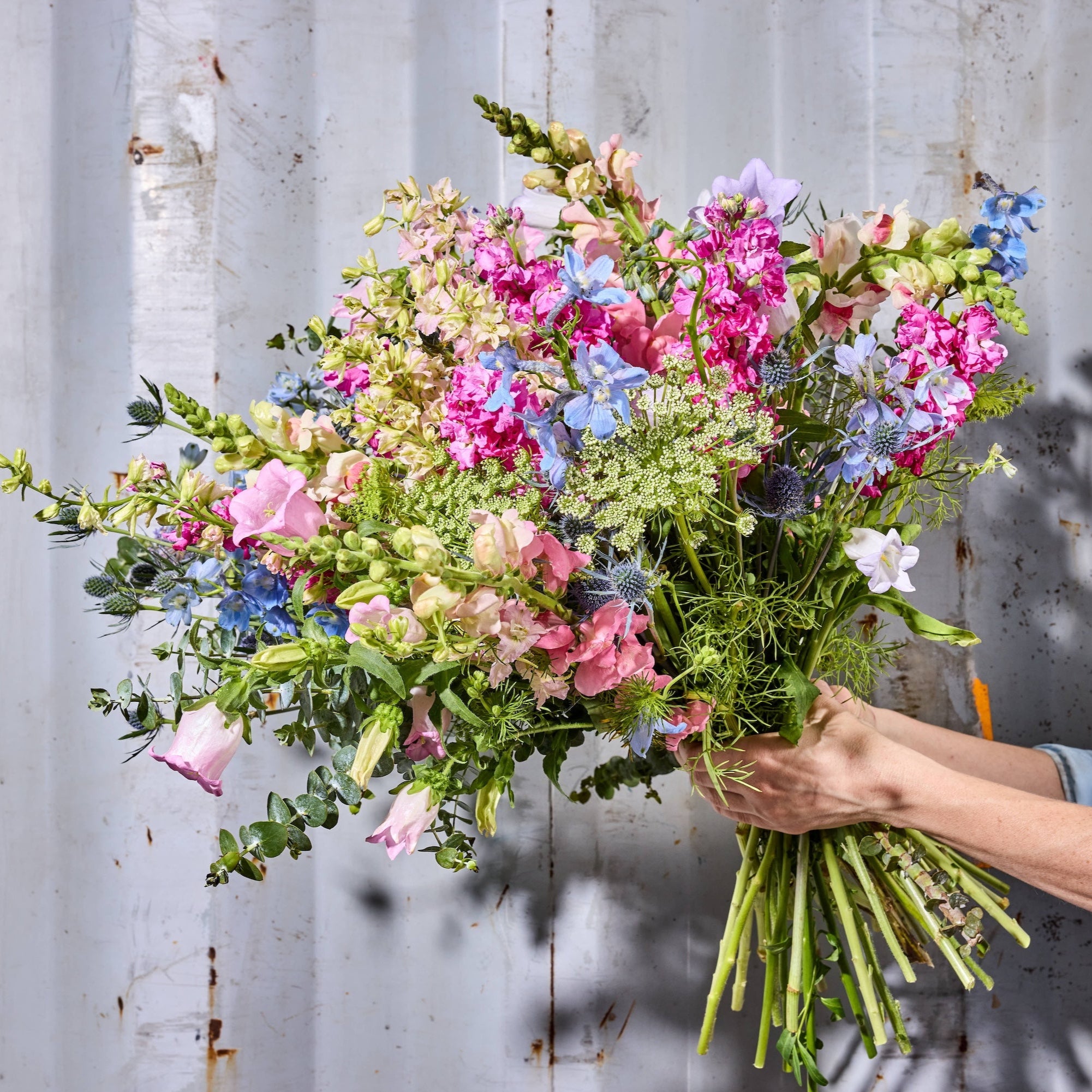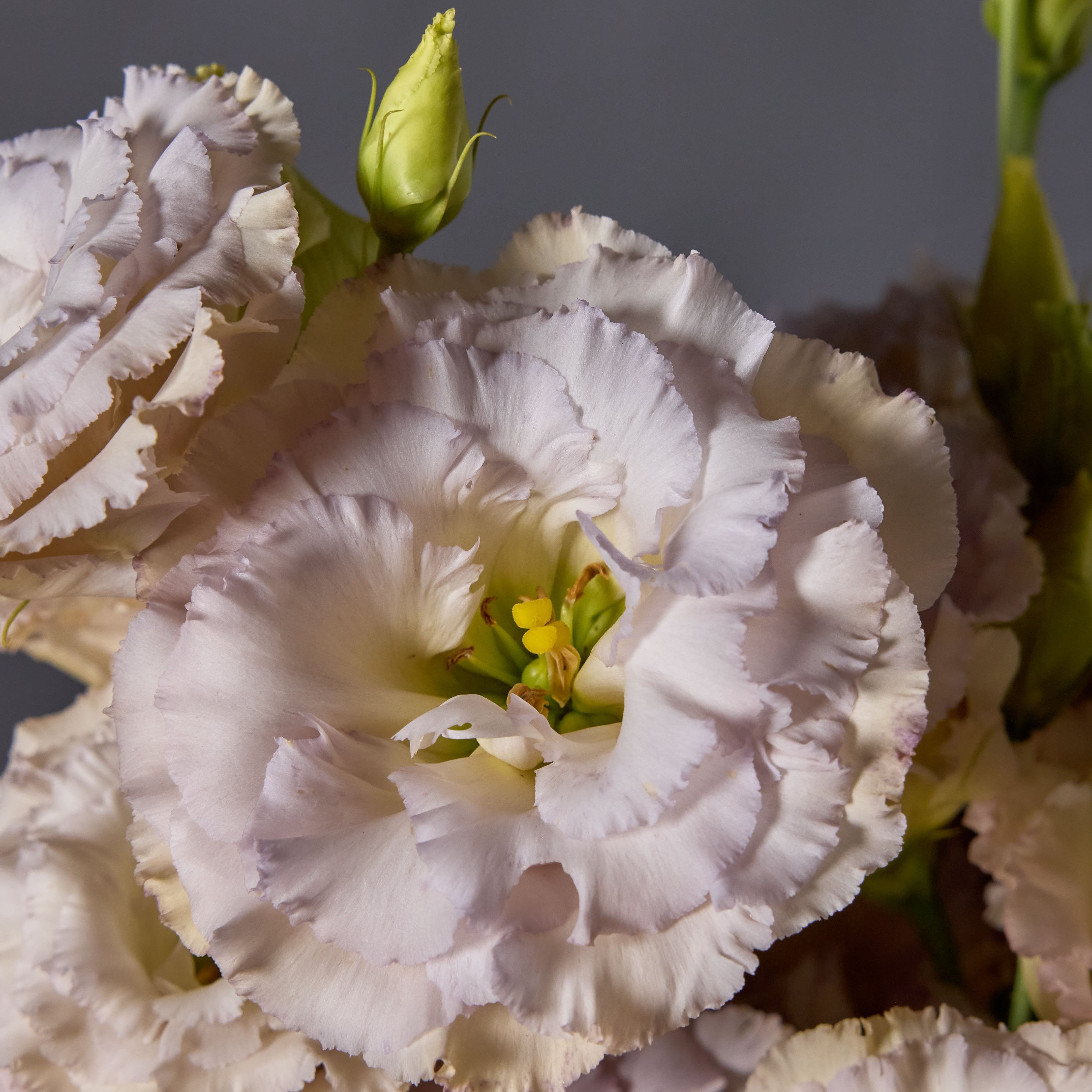Fall-Shipped plugs will be restocked in retail quantities (8 packs) on www.GardenClubPlants on July 7, 2025 beginning at Noon ET.
Fall planting offers an opportunity for earlier spring blooms and stronger stems on many cold-hardy annuals and perennials.
Gardeners in Zones 7 and warmer can plant a number of plugs in the open garden in fall, letting them establish roots before winter dormancy.
For those in colder zones (Zone 5 and below), extra protection such as low tunnels, frost cloth, or even greenhouse plastic may be necessary - unless you're planting hardy perennials that naturally die back and re-emerge in spring.
Zone 6 is a bit of a borderline zone, where some plants will likely survive uncovered, and others need extra protection: to be on the safe side, you should always add a layer of protection when in doubt.
Crops that are well-rooted going into winter– without excessive vegetative growth– are more likely to survive cold temperatures. Plants put on little growth during winter when day length drops below 10 hours, and their water needs are minimal. However, as the days lengthen in late winter, overwintered plants begin to grow again and may need supplemental watering, especially in protected structures. The soil must always have some moisture: damp but not saturated. Oversaturated soil will kill a plant faster than cold winter temperatures.
Be aware that results vary by region, and even hardy crops may suffer in a severe winter or an unusually wet season. Small-scale trials in your specific garden are the best way to build a reliable fall planting system.
KEY MOMENTS
0:06 Garden Club Retail Plugs
1:21 Fall Planting for Spring Harvest Intro
1:31 Filling the Spring Gap
2:17 Benefits of Fall Planting
2:52 USDA Plant Hardiness Zones
3:09 How to Find Your Zone
3:57 What Your Zone Means
5:53 Definition of Annual Plants
7:35 Definition of Biennial Plants
8:21 Definition of Perennial Plants
10:06 Fall Planting Considerations
10:39 Fertilizing
11:13 Timing
12:42 Protection
13:38 Warm Winter Spells
14:49 Watering
16:42 High Tunnels and Low Tunnels
15:52 Hardy Plants by Zone
17:52 Zone 5 and Colder Plants
20:58 Zone 6 and Colder Plants
23:09 Zones 7-8 and Colder Plants
25:09 Zones 9-10 and Colder Plants
26:08 Notes on Specific Crops
26:22 Lisianthus: Zones 8-10 Only
28:05 Stock (Matthiola)
29:36 Snapdragons and Dianthus
30:56 Digitals (Foxglove)
33:38 Delphinium
35:18 Rudbeckia triloba
36:07 Campanula
40:19 Campanula Evergreen (Biennial)
42:10 Iceland Poppies
45:02 More Crop Specific Information
45:08 www.GardenClubPlants.com
45:10 www.FarmerBailey.com Wholesale
45:50 Questions and Answers
Zone by Zone
Cut flower plants appropriate for fall planting by zone. Note that some of these crops will require protection to overwinter successfully. Please watch the webinar for more information on high and low tunnel protection for specific crops.

Zone 5 & Colder
Although hardy perennials can technically be fall-planted without protection in this zone, it’s safer to err on the side of caution and protect new plantings. All others require a greenhouse, cold frame, or low tunnel to survive. Planting in the exposed garden is risky.

Zone 6
Use mulch or low tunnels for most. Dianthus and Digitalis are particularly cold-hardy. Lisianthus and Stock should only be spring-planted.

Zones 7-8
Some 8: Some marginally hardy annuals (like Helichrysum) would benefit from mulch and row cover; Lisianthus and Stock only recommended in a minimally heated hoop house or planted in spring.
Zone 7: All plugs should be protected with frost cloth during extreme cold spells.

Zones 9-10
All cool-season plants can be planted in the fall with no cover - large amounts of rain and saturated soil are more of a danger than low temperature in these zones.
May need to grow under cover if winter means large amounts of precipitation. Well-draining soil is essential for winter survivability.
Zone 9 is an excellent fall planting zone; most plants will overwinter well with no protection and bloom early. Have frost cloth ready for any extreme dips in temperature. May get frost damage on the growth tips, but this will act like a ‘pinch’ and cause the plants to bush out. Lisianthus can be fall planted with extra protection during extreme cold spells.
Notes on Specific Crops








Tips for Overwintering Success
- Transplant about 6 weeks before the first hard frost to allow rooting and cold acclimatization.
- Avoid fertilizers that push excessive top growth in fall. The goal is strong roots, not a lot of foliage.
- In colder zones or with marginally hardy crops, use low tunnels or frost cloth on hoops to add winter protection.
- Plan ahead for spring and mid-winter watering, especially in covered structures where the ground may still be frozen. Remember, plants should never be allowed to dry out fully - the soil needs to remain damp, but not over-saturated.
With a bit of planning and the right varieties, fall planting can set you up for a beautiful, abundant spring garden.
Low Tunnels, Simplified
To build a simple low tunnel or caterpillar tunnel, bend 9- to 10-gauge wire or 1/2" EMT conduit into hoops and insert the ends into the ground every 3 to 4 feet along the row. Drape frost cloth (like Agribon 19 or 30) over the hoops, securing the edges with sandbags, boards, or landscape pins to prevent wind from lifting it. During periods of extreme cold, keep the frost cloth in place, but on sunny or mild days, open the ends or remove the cover entirely to prevent overheating and promote air circulation - this helps reduce the threat of fungal disease. Before snowfall, remove the frost cloth so snow can act as natural insulation without collapsing the structure. Always ensure the tunnel has ventilation, especially during winter warm spells, to protect your plants from excess humidity and mold.
Your Questions, Answered
Click HERE and scroll to the bottom of the Farmer Bailey Blog post for questions asked by participants in June 24th's live Fall Planted Fundamentals webinar on Zoom. For your invite to the next live webinar, subscribe to the Garden Club Plants email newsletter.


